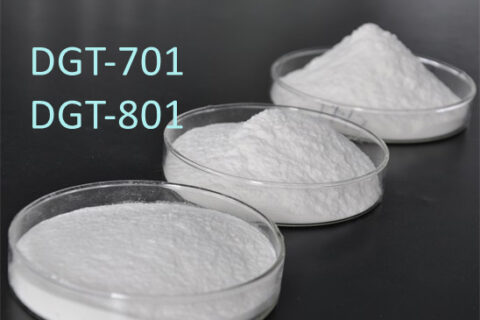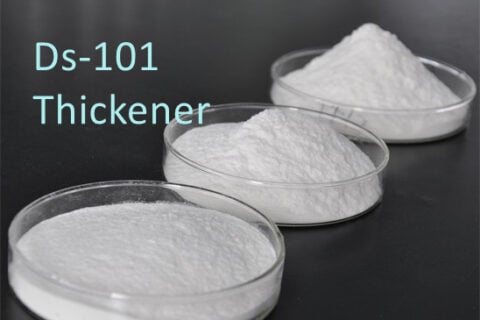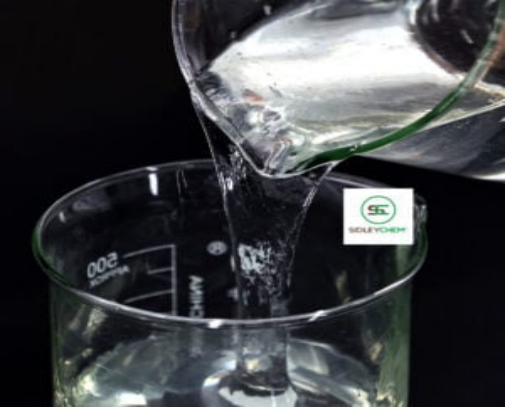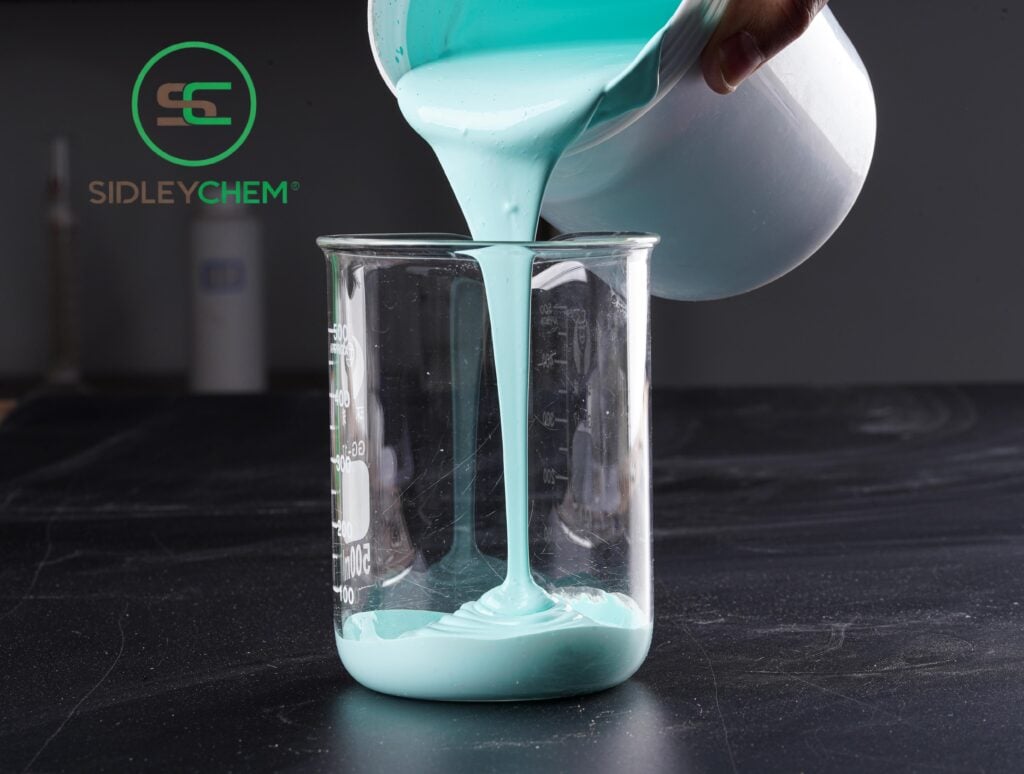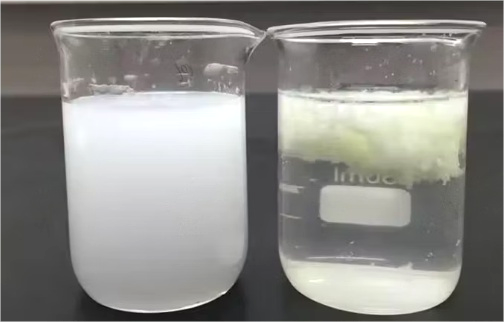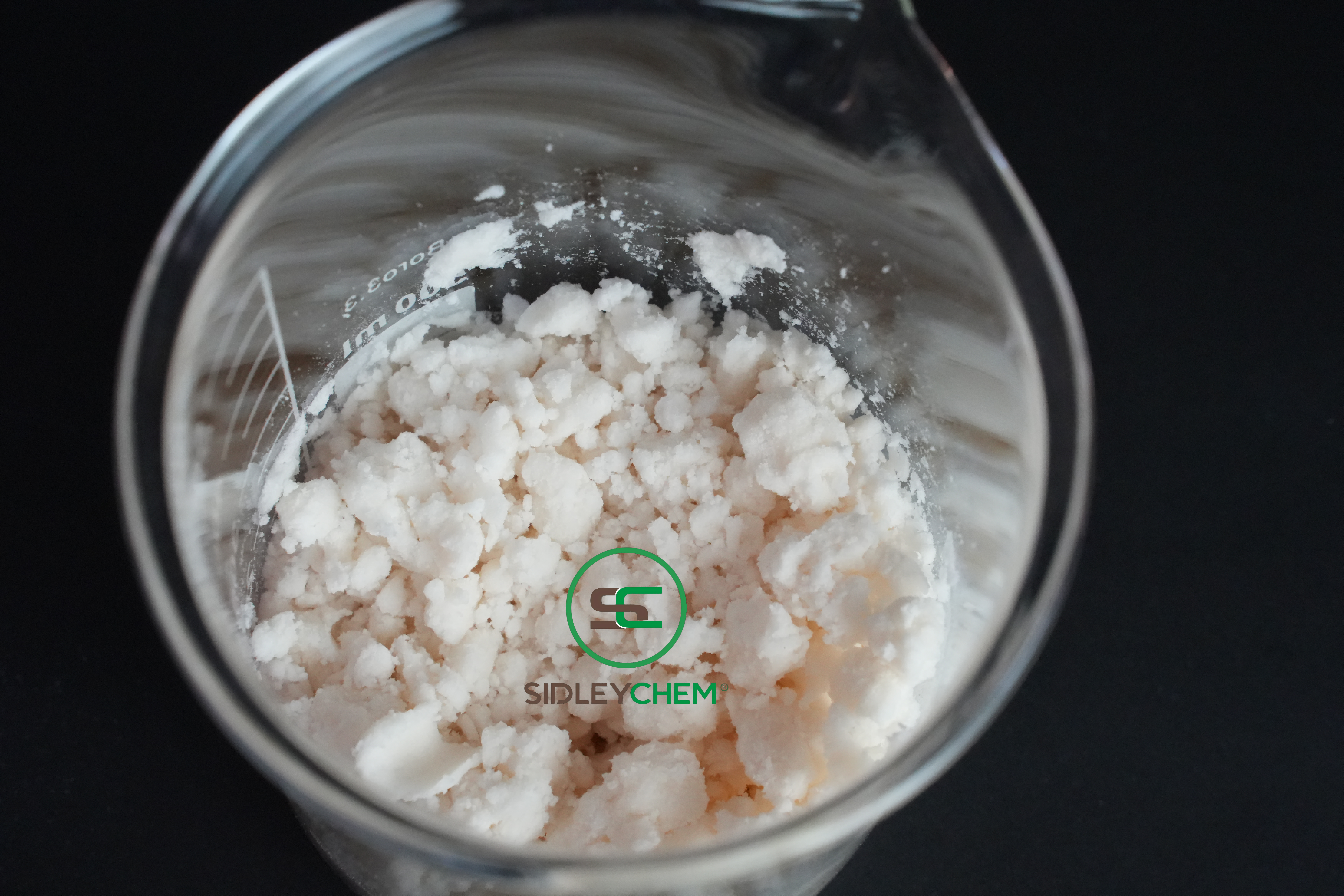dishwashing liquid production problems
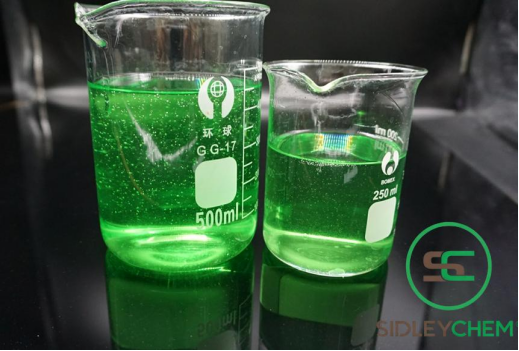
Question 1: What causes excessive foam during dishwashing liquid mixing and how to solve it?
There are several possible reasons. First, check if the mixing speed is too high – if so, reduce the mixing speed. Second, observe whether the mixing is too shallow or if there’s insufficient water. Third, the surfactant characteristics in the formulation system may cause foam generation. Normally, foam generated during production will dissipate naturally overnight.
Question 2: Why does dishwashing liquid have a short shelf life?
Investigate these potential causes: bacterial contamination from storage barrels, production tools, or packaging; insufficient preservative content; poor water quality; climate changes; and temperature variations – all of which can affect shelf life.
Question 3: How to adjust when dishwashing liquid has insufficient viscosity?
Appropriately increase the thickener dosage or select products with better thickening performance. Avoid arbitrarily adding salt, as excessive salt can disrupt the micelle structure formed by surfactants, actually reducing viscosity.
Question 4: What causes dishwashing liquid spoilage?
Common reasons include: forgetting to add preservatives, adding insufficient preservatives, and bacterial cross-contamination. Identify the specific cause and take remedial measures. Preservatives should be added throughout all seasons – less in winter, more in summer.
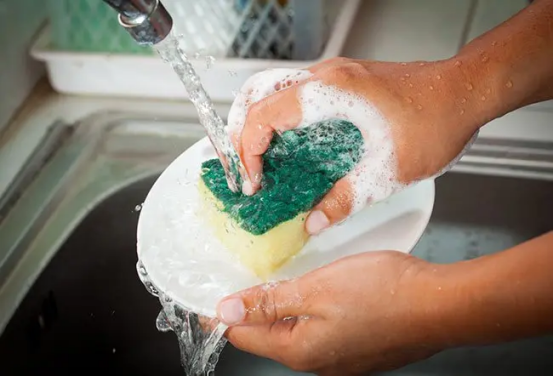
Question 5: Why does produced dishwashing liquid become thinner?
Spoilage typically begins with thinning, followed by odor development, caused by bacterial decomposition of active ingredients. It could also result from bacterial contamination during usage.
Question 6: What are the water quality requirements for dishwashing liquid production?
For products requiring over two months’ shelf life, use deionized water. Otherwise, metal ions in water can weaken surfactant effectiveness. Deionized water requires water treatment equipment for preparation.
Question 7: Why is the produced product unclear and opaque?
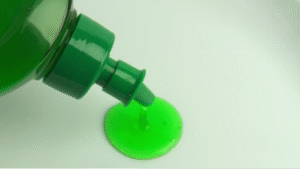 After excluding excessive salt as a cause, select thickeners with better transparency. High salt content can affect surfactant solubility, leading to product turbidity.
After excluding excessive salt as a cause, select thickeners with better transparency. High salt content can affect surfactant solubility, leading to product turbidity.
Question 8: Why does the product become thinner after a few days?
This occurs when salt is added too quickly, causing undissolved salt at the bottom while the top layer has already thickened. After several days, when the bottom salt dissolves, the overall salt concentration becomes excessive. Excess salt alters the surfactant micelle structure, destroying the thickening effect.

